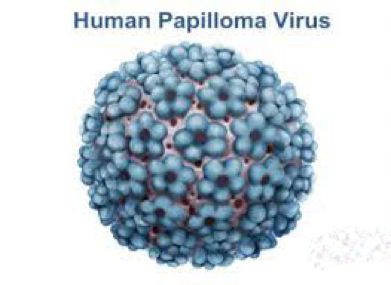Source: US Centers for Disease Control and Prevention Aug 28, 2018 6 years, 7 months, 4 weeks, 1 day, 23 hours, 9 minutes ago
Despite rising vaccination rates, cancers related to human papillomavirus, a common sexually transmitted infection, are on the rise in the United States, particularly cancers of the head, neck and throat, officials said Thursday.
In men, most of the increase was in head, neck and
throat cancers, while in women, cases of HPV-related anal cancer rose, according to a report from the US Centers for Disease Control and Prevention.
"From 1999 to 2015, the number of HPV-associated cancers increased from 30,000 to over 43,000 annually," said the report.
Even though vaccinations against HPV have been on the rise in recent years, the CDC said the increase in cancers is "likely due to increased HPV exposure over the past few decades."
Cervical
cancer rates continue to decline—about 1.6 percent annually since 1999—thanks to screening and early detection, added the report.
But there is no recommended screening for other HPV-associated cancers.
"HPV vaccination can prevent infection with the HPV types most strongly associated with cancer," said the CDC report.
"Increasing HPV vaccination rates among young males and females could prevent many cancers."
The CDC said that last year, nearly 66 percent of adolescents aged 13-17 received the first dose in the vaccine series, and nearly 49 percent of adolescents received all the recommended doses to complete the series.
"This vaccine is the best way to protect our youth from developing cancers caused by HPV infection," said CDC Director Robert Redfield.
After adjusting for rises in population, the overall rate of all HPV cancers in US women declined 0.4 percent from 1999 to 2015, largely due to drops in
cervical cancer thanks to better screening, the report said.
In men, the rate of HPV cancers rose 2.4 percent over the same period.
What is disturbing is that , figures from other countries also indicate that it is a global trend.
